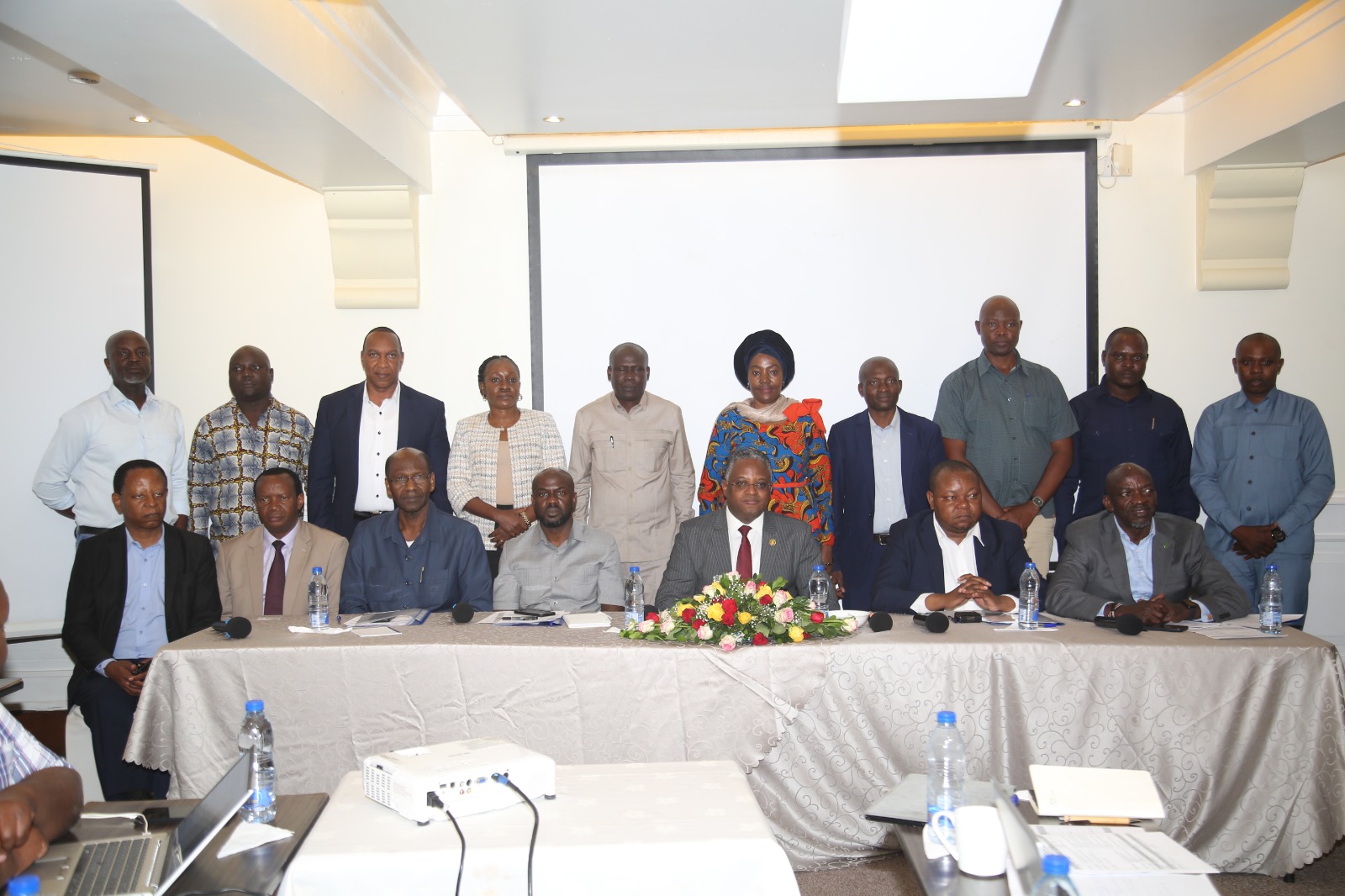Kenya’s Agriculture Sector Suffers Ksh16.26 Billion Loss Due to El Nino Rains
Kilimokwanza.org
Kenya’s agriculture sector has been severely impacted by the El Nino rains, incurring losses amounting to Ksh16.26 billion, as disclosed by the government. The National El Nino Emergency and Disaster Response Command Centre released a statement on Friday, detailing the extent of the devastation caused by the unseasonal weather phenomenon.
Devastation Across the Board
The country has witnessed the loss of 6,706 animals, predominantly goats and sheep, and widespread crop destruction over approximately 84,568 acres. This catastrophic event has primarily affected the counties of Lamu, Tana River, Garissa, Mandera, Wajir, Homabay, and Kitui. These areas are grappling with the aftermath of the heavy rains, which have disrupted the livelihoods of many farmers and herders.
Government and NGO Interventions
In response to this crisis, the government, through the State Department of Special Programmes, has initiated relief efforts. Over 4,604.6 metric tonnes of essential food items, including rice, beans, fortified flour, and corned beef, have been distributed to the affected counties. Additionally, the Hunger Safety Net Programme, in collaboration with international and local organizations like the World Food Programme, Plan International, World Vision, and Arid Lands Development Focus Kenya, has been actively involved in cash transfer programs. These initiatives have supported 9,858 households that have been directly impacted by the El Nino rains.
Humanitarian Crisis
The El Nino phenomenon has not only affected the agriculture sector but has also led to significant human loss. Reports confirm that at least 174 people, including 133 adults and 41 children, have perished due to the El Nino rains. These statistics highlight the severity of the situation and the urgent need for continued support and assistance to the affected regions.
Looking Forward
As the nation contends with the aftermath of the El Nino rains, there is an increased focus on developing more resilient agricultural practices and disaster preparedness strategies. The government and various NGOs are working closely to provide immediate relief and to formulate long-term solutions to mitigate the impact of such natural disasters in the future.


